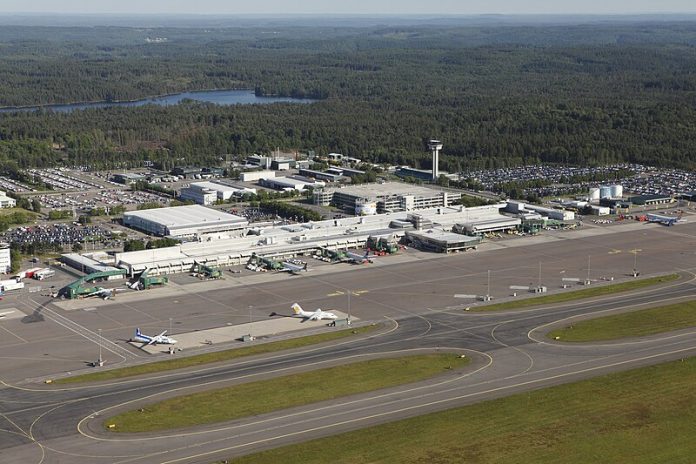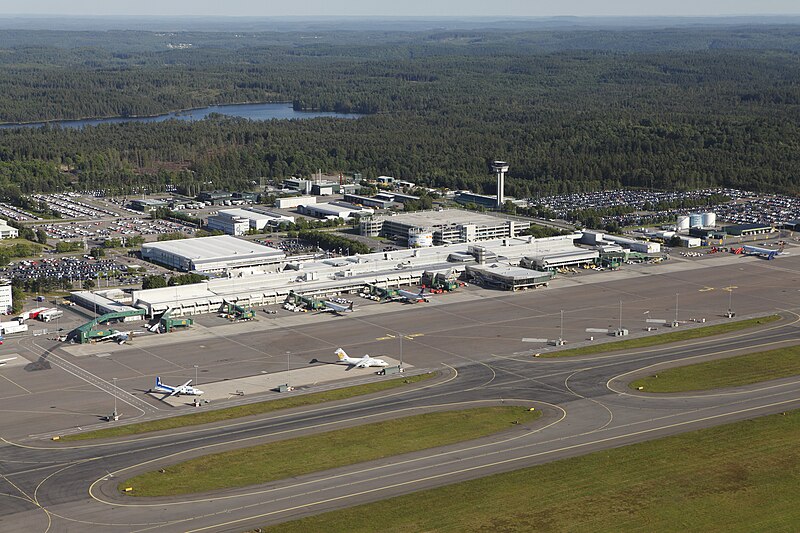
Just how something as small and buzzing as a drone can bring an entire international airport to a full stop is a question that got new urgency recently when Gothenburg-Landvetter Airport in Sweden – the country’s second busiest – called all flights to a halt after spotting drones over its grounds. The disruption lasted hours, grounding passengers and forcing authorities into a rapid security response.
The incident is not an isolated one other drone incursions have similarly troubled key airports and military bases across the continent, even NATO airspace. Such incidents are increasingly considered by officials to be part of a larger pattern of hybrid threats. Thus, shutdowns around Gothenburg were a pointed reminder that critical infrastructure remains highly vulnerable to unmanned aerial systems.
The assessment below focuses on the most salient security, operational, and geopolitical dimensions revealed by the Gothenburg case-from tactical vulnerabilities to strategic consequences for European defense.

1. Closure of Gothenburg Airspace and Response
At around 18:00 local time in the evening of Thursday, Swedish authorities announced the appearance of one or more drones above Gothenburg-Landvetter Airport. Witness warnings thus motivated police to initiate the process of verification on site. According to Swedavia, its airspace was closed due to emergency procedures. Flights were not allowed for almost three hours and resumed only at 21:00.
The Swedish Civil Aviation Authority launched an official investigation under the classification of suspected aviation sabotage. A classification of this kind underlines the seriousness with which Scandinavian regulators now take unauthorized drone activity in the vicinity of critical transport hubs.
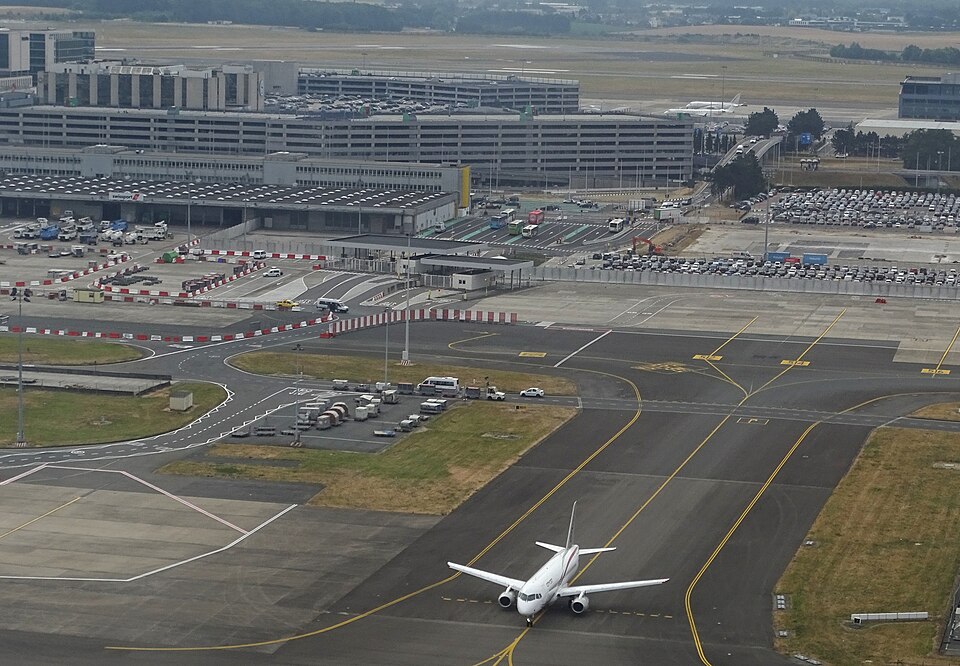
2. Disruptions Ripple Across European Airports
This is within weeks of prior drone-related disruptions in Belgium, Denmark, and Norway. Drones closed Brussels’s Zaventem Airport and Liège freight hub passenger and cargo operations were affected. This is even as, for Brussels Airlines, a 30-minute closure already has a “big impact” on scheduling and costs, said the airline’s spokesperson, Joelle Neeb.
These are not events that have been confined to Scandinavia reports about drones near major airports in Germany, Spain, and the Czech Republic have underlined a vulnerability across the continent to unmanned aerial incursions.’

3. Military Installations Also Targeted
The sightings have not been confined to civilian infrastructure, and last month authorities in Belgium confirmed incursions over Schaffen military airbase and Kleine-Brogel, a site widely reported to store US nuclear weapons. The incidents, involving large drones flying in formation according to Defence Minister Theo Francken, suggest structured planning rather than random hobbyist activity.
Such incidents naturally evoke fears of reconnaissance, sabotage, or even psychological operations designed to undermine popular confidence in national defense.

4. Suspicion of Hybrid Warfare
Several European officials see the incidents as part of a coordinated hybrid campaign. Francken called the Belgian cases “in line with the hybrid techniques seen in other countries.” Western analysts say an uptick in drone activity is linked to a rise in geopolitical tensions with Russia, though no public evidence has implicated Moscow directly. German Defence Minister Boris Pistorius has suggested that the timing may be linked to debates inside the EU about using frozen Russian assets for the financing of Ukraine-an initiative which has attracted the Kremlin’s ire.

5. More Russian Aircraft
Airspace Violations The threat from drones has come in conjunction with more overt breaches of airspace by Russian military aircraft. Hungarian fighters in September intercepted a group of five Russian jets near Latvia, while three MiG-31s breached Estonia’s airspace. Lithuania recently reported that two Russian aircraft entered its territory for 18 seconds, which has provoked a protest and response from NATO air policing. The President of Lithuania, Gitanas Nausėda, called the incident in Lithuania “an blatant breach of international law and territorial integrity” that necessitates enhanced readiness of European air defense.
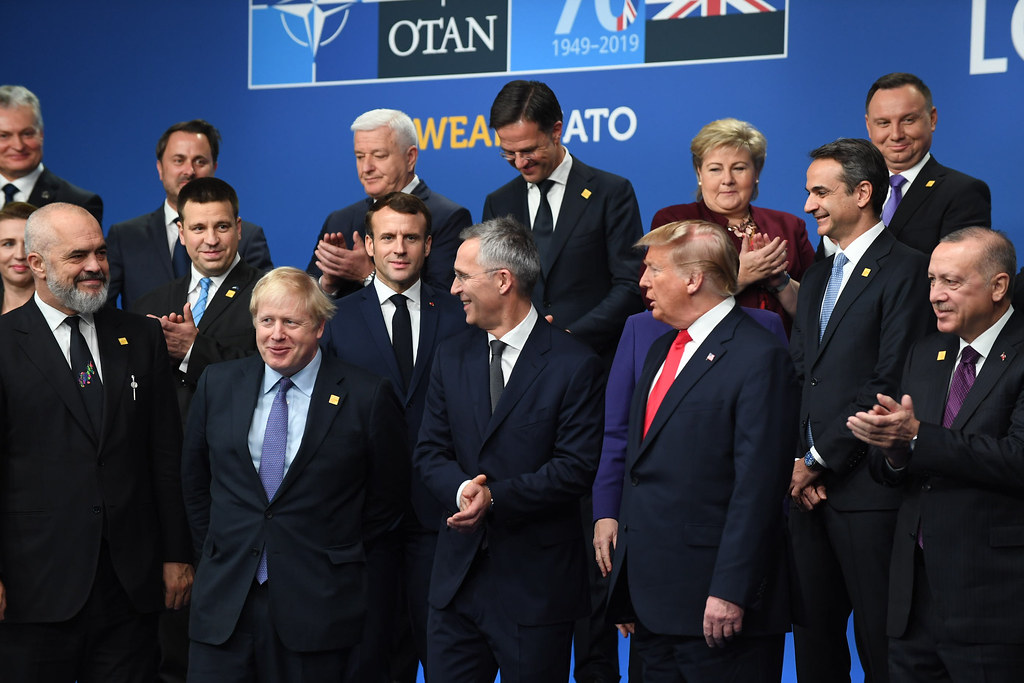
6. NATO’s Article 4 Consultations and Regional Coordination
The unparalleled decision by Estonia to invoke NATO’s Article 4 consultations in connection with its airspace violations by Russia shows the growth of concern among the members of the Alliance. Although Belgium has never invoked Article 4 in cases of drone incidents, reportedly its security services have “little doubt” that a state actor stands behind recent incursions. These consultations at once reflect a political signal of unity and serve as one avenue to co-ordinate defensive measures across borders.
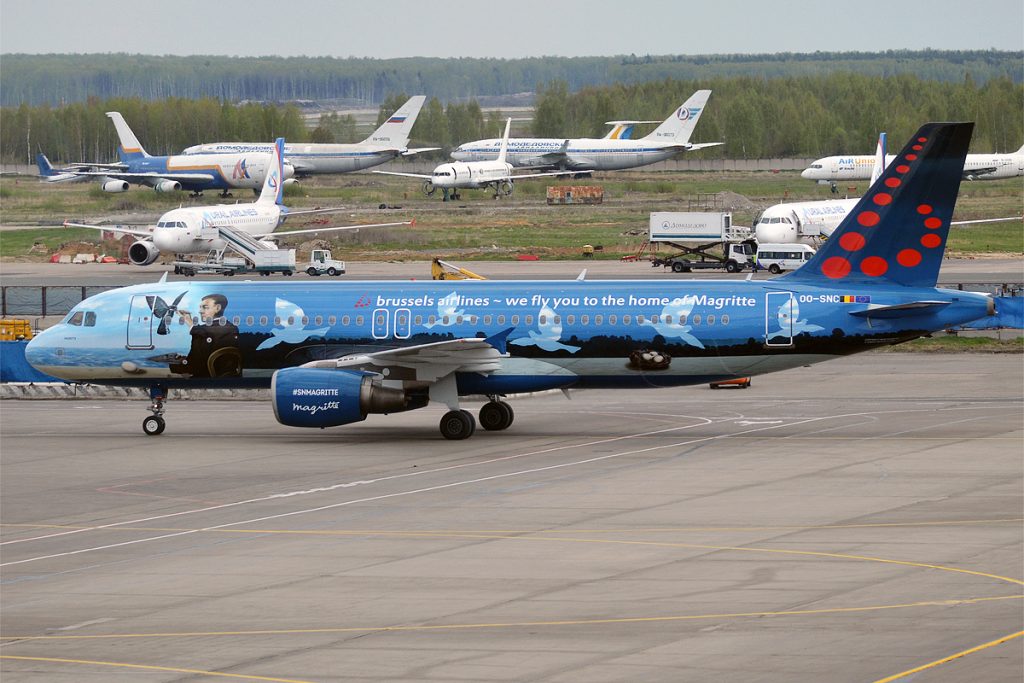
7. Impact on Passenger and Airline:
Drones cause airlines considerable operational and financial repercussions in the event of airport closures. In Belgium, the sightings impacted 3,000 passengers of Brussels Airlines, which offered its customers alternative flights, accommodations, and transportation. And because EU compensation regulations do not apply, carriers have to bear the cost. Besides financial losses, repeated delays erode passenger confidence and complicate long-term scheduling, especially in busy hub airports with tight aircraft turnarounds.
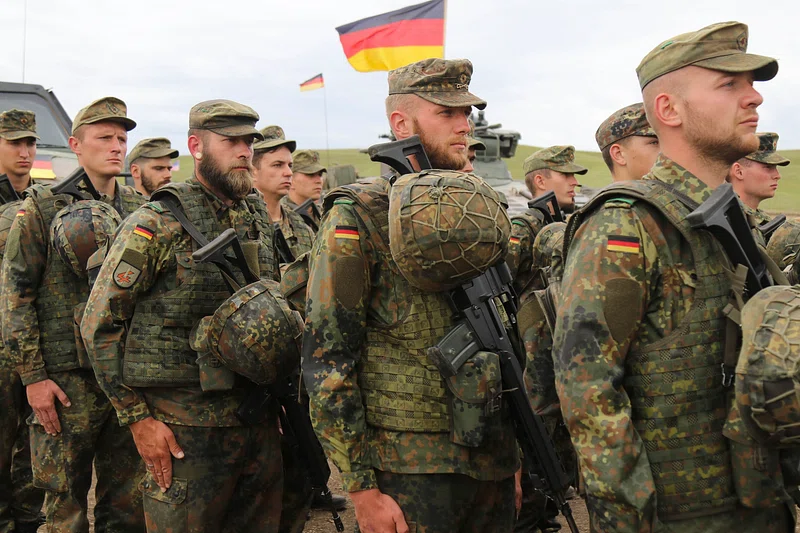
8. Anti-Drone Defence Measures Currently Under Urgent Review:
Belgium has now accepted German military assistance in deploying anti-drone defences, emphasizing how many EU states lack their own countermeasures. The Defence Minister, Francken, has confessed that drones, once perceived as a purely military concern, are now a “serious threat affecting civilian infrastructure.” Driven by urgency, governments are racing to plug gaps in capabilities that range from the integration of radar to radio-frequency jamming in both detection and neutralization systems.
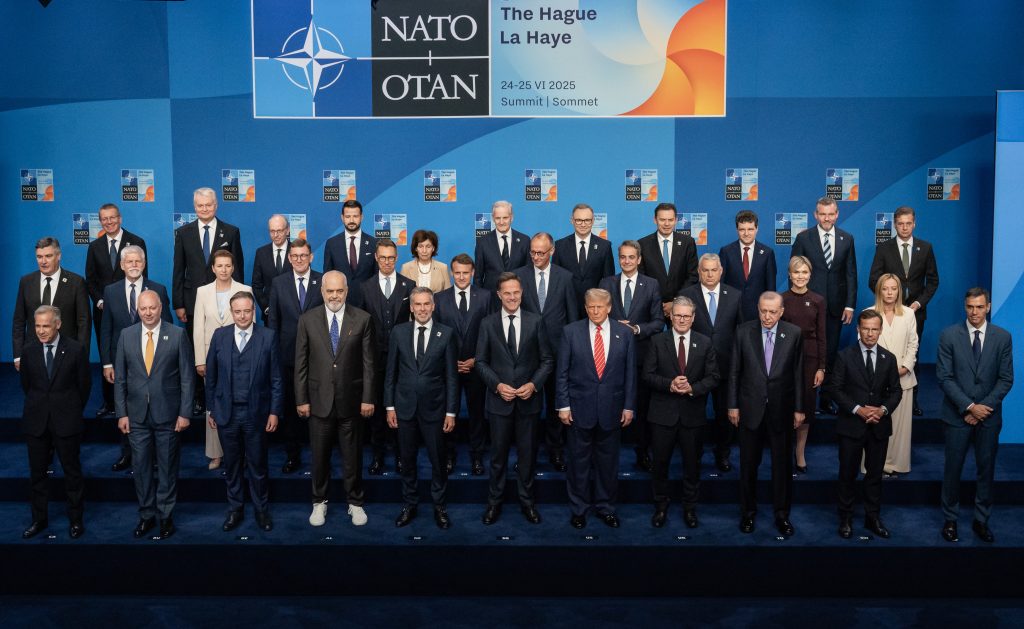
9. Strategic Implications for European Security:
Taken together, the synchronicity of these drone intrusions with manned aircraft violations shows a deliberate probing of European defences. Analysts believe such a move could be designed to stretch NATO’s response bandwidth, distract from Ukraine, or gather intelligence on security protocols. Whether state-directed or opportunistic, this pattern makes a case for the need for integrated civil-military airspace monitoring and response capabilities. As these hybrid threats evolve, the Gothenburg incident serves both as a warning and an appeal to action.
The Gothenburg drone shutdown is more than just a local disruption it forms part of the growing mosaic of challenges that is facing airspace security in Europe. From civilian airports to military ones, the spectrum of threats is broadening, combining low-cost technology with high-stakes geopolitical maneuvering. Handling such risks will demand an improvement in the level of detection and defense systems, better policy coordination, and intelligence sharing across the continent.
